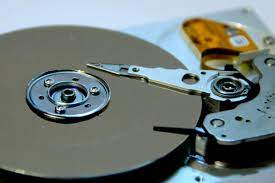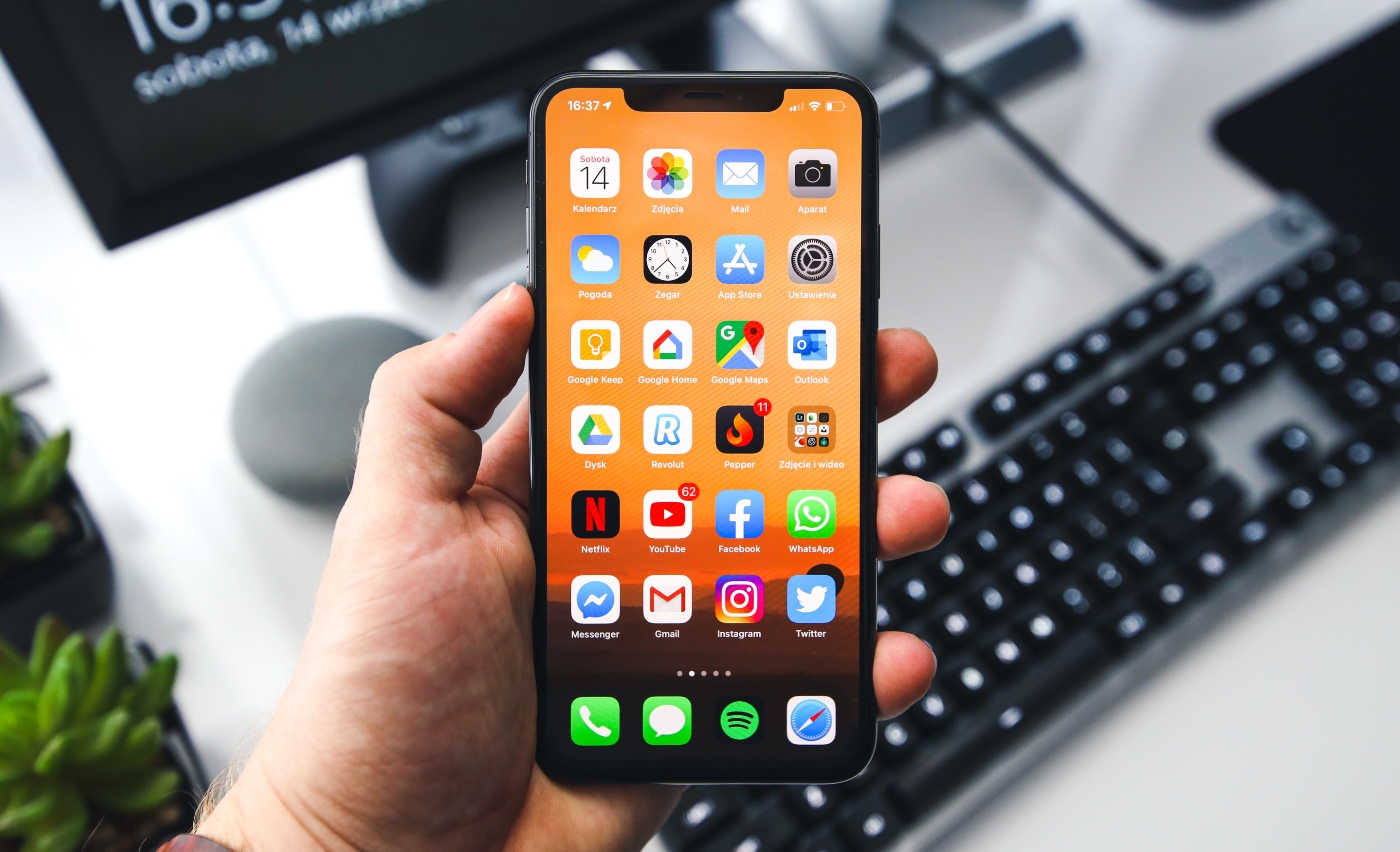iPhones now come with gigabytes of storage space. It can also deftly handle the many image editing tasks you throw at it.
But there will come a time when you will want to transfer photos from iPhone to Mac and edit them on more robust software. Or, free up space on your iPhone by transferring photos in bulk and storing them on your Mac.
This article shows you how to transfer photos from iPhone to Mac.
The screenshots below are from iOS 16 and macOS Monterey.
1. Use AirDrop
The secret to productivity on Apple devices is the tight integration between the iPhone (or iPad) and the Mac.
AirDrop is Apple’s proprietary technology for quickly transferring files between Apple devices when both are within range (about 30 feet). Before following below steps turn on Wi-Fi and Bluetooth on both iPhone and Mac.
For photos to be saved automatically, both your iPhone and Mac computer must be logged into the same iCloud account. If not, you’ll need to click Save when the file is on your computer.
2. Use Photos
The Photos app on your iPhone and Mac is the central place for all your photos and videos. That’s why this app is the most organized way to transfer photos from your iPhone to your Mac.
Connect iPhone to your Mac with a USB or USB-C cable and open the Photos app.
The Photos app on Mac displays an Import screen with all the photos and videos on your iPhone’s Photos app. If the Import screen doesn’t appear, select the iPhone’s name in the Photos sidebar.
Connect iPhone to your Mac with a USB or USB-C cable and open the Photos app.
The Photos app on Mac displays an Import screen with all the photos and videos on your iPhone’s Photos app. If the Import screen doesn’t appear, select the iPhone’s name in the Photos sidebar.
As you can see, you don’t need to use iCloud with just the Files app. It can be faster to send photos and even back up your iPhone photos to shared folders between friends and family in the cloud.
4. Use iCloud Photos
With iCloud Photos, you can sync and view all your photos on every Apple device you own. The only problem is the free but limited 5GB of storage shared by all the files on iCloud. As iCloud is a backup and syncing service, it is easy to transfer photos from iPhone to Mac. But before doing that, check that iCloud Photos is enabled on all your devices.
You can still see all your photos on iCloud, but you should use cloud space as a bridge to transfer photos from your iPhone. Note that you can also use iCloud to download photos to a Windows PC.
5. Use iCloud Photo Stream
Are you confused between iCloud Photos and iCloud Photo Stream? you’re not alone. iCloud Photos allows you to store all your photos and videos on the cloud. iCloud Photo Stream only uploads new photos (not videos and Live Photos) to devices where iCloud Photo Stream is turned on. It stores only recent 30 days photos and max 1000 photos. It doesn’t count towards your iCloud storage limit.
If you only want to see your most recent photos and transfer them to the Mac, use iCloud Photo Stream and turn it on. Otherwise, use iCloud Photos to back up all your photos and videos, as described in the previous section. There are other differences as well, as explained in this Apple Support article.
The photos will automatically sync to Photo Stream from your iPhone. If you don’t see the option, first deselect iCloud Photos by going to Photos > Preferences > iCloud.
6. Use Image Capture on Your Mac
The purpose of the Image Capture app on macOS is to import images from digital cameras and scanners. But it can also be used to upload photos and videos from any device, such as an iPhone connected to a Mac.
Which is the faster way to transfer photos?
A wired connection may seem like the fastest way to transfer photos from an iPhone to a Mac. But Lightning cables have the same data transfer speeds as USB 2.0. Uploading photos in bulk to iCloud or iCloud Drive may be limited by your Internet bandwidth. Again, iCloud free space sharing is limited to 5GB. Of course, if you already have your photos on iCloud, the easiest and fastest way is to sync them to your Mac.
So, the general rule of thumb is to use AirDrop for small batches of photos and use other methods as your needs demand.
Seamlessly Transfer Your Photos from iPhone to Mac
Keeping your precious photos on Mac saves space on your iPhone. You may not have to buy more iCloud storage space if you don’t want to. As you can see, there are many options for importing your photos into Mac. Once you’ve done that, get down to managing your Photos library on Mac before it becomes a mess.





